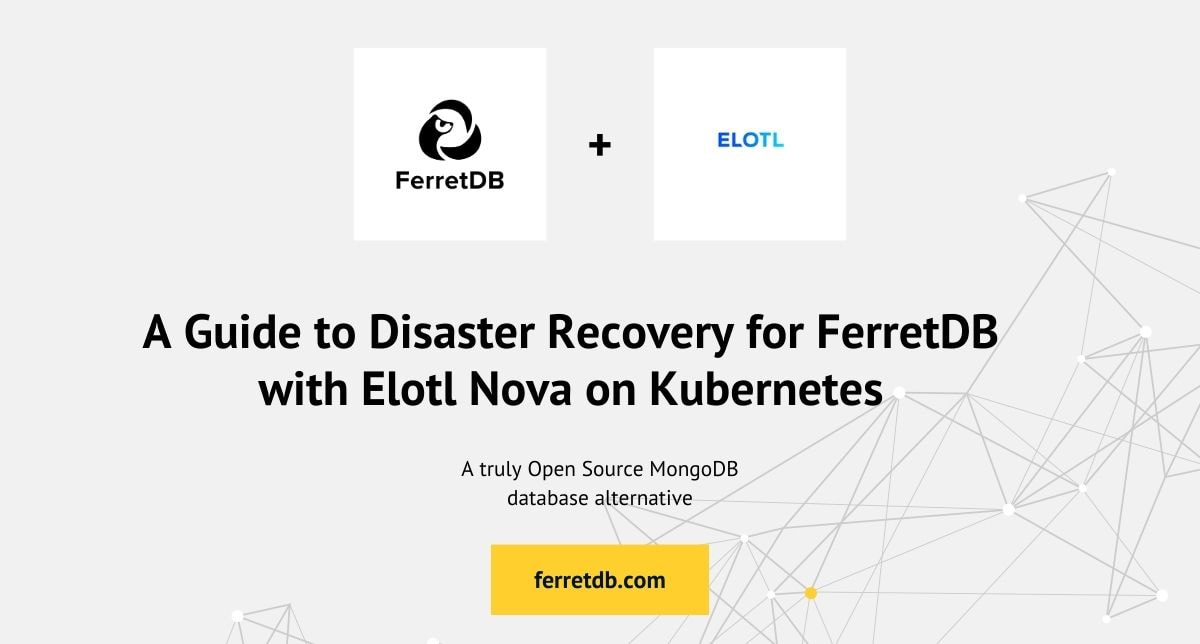Introduction
Are you tired of juggling multiple Kubernetes clusters, desperately trying to match your ML/AI workloads to the right resources? A smart K8s fleet manager like the Elotl Nova policy-driven multi-cluster orchestrator simplifies the use of multiple clusters by presenting a single K8s endpoint for workload submission and by choosing a target cluster for the workload based on placement policies and candidate cluster available capacity. Nova is autoscaler-aware, detecting if workload clusters are running either the K8s cluster autoscaler or the Elotl Luna intelligent cluster autoscaler.
In this blog, we examine how Nova policies combined with its autoscaler-awareness can be used to achieve a variety of "right place, right size" outcomes for several common ML/AI GPU workload scenarios. When Nova and Luna team up you can:
Originally published on blog.ferretdb.io
Running a database without a disaster recovery process can result in loss of business continuity, resulting in revenue loss and reputation loss for a modern business.
Cloud environments provide a vast set of choices in storage, networking, compute, load-balancing and other resources to build out DR solutions for your applications. However, these building blocks need to be architected and orchestrated to build a resilient end-to-end solution. Ensuring continuous operation of the databases backing your production apps is critical to avoid losing your customers' trust. Successful disaster recovery requires:
This blog post shows how to automate these four aspects of disaster recovery using FerretDB, Percona PostgreSQL and Nova. Nova automates parts of the recovery process, reducing mistakes and getting your data back online faster. |
© 2024 Elotl, Inc.


 RSS Feed
RSS Feed